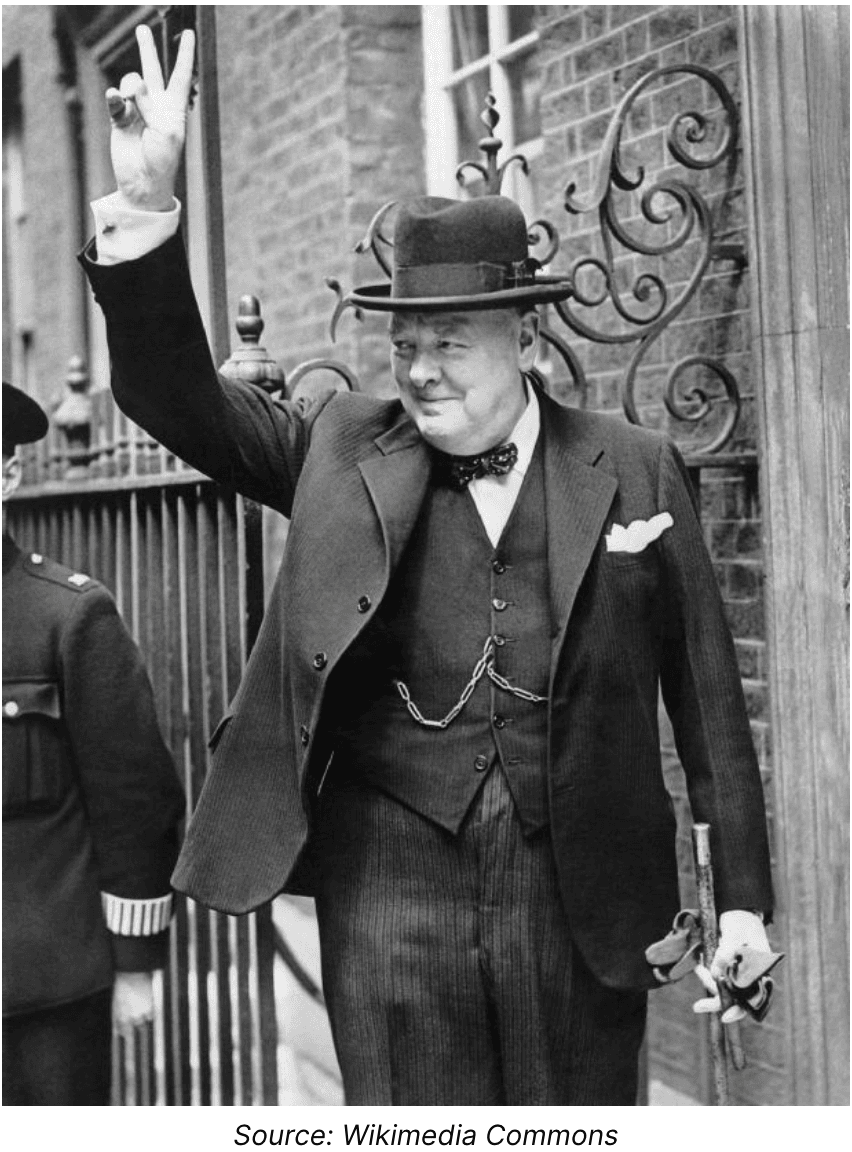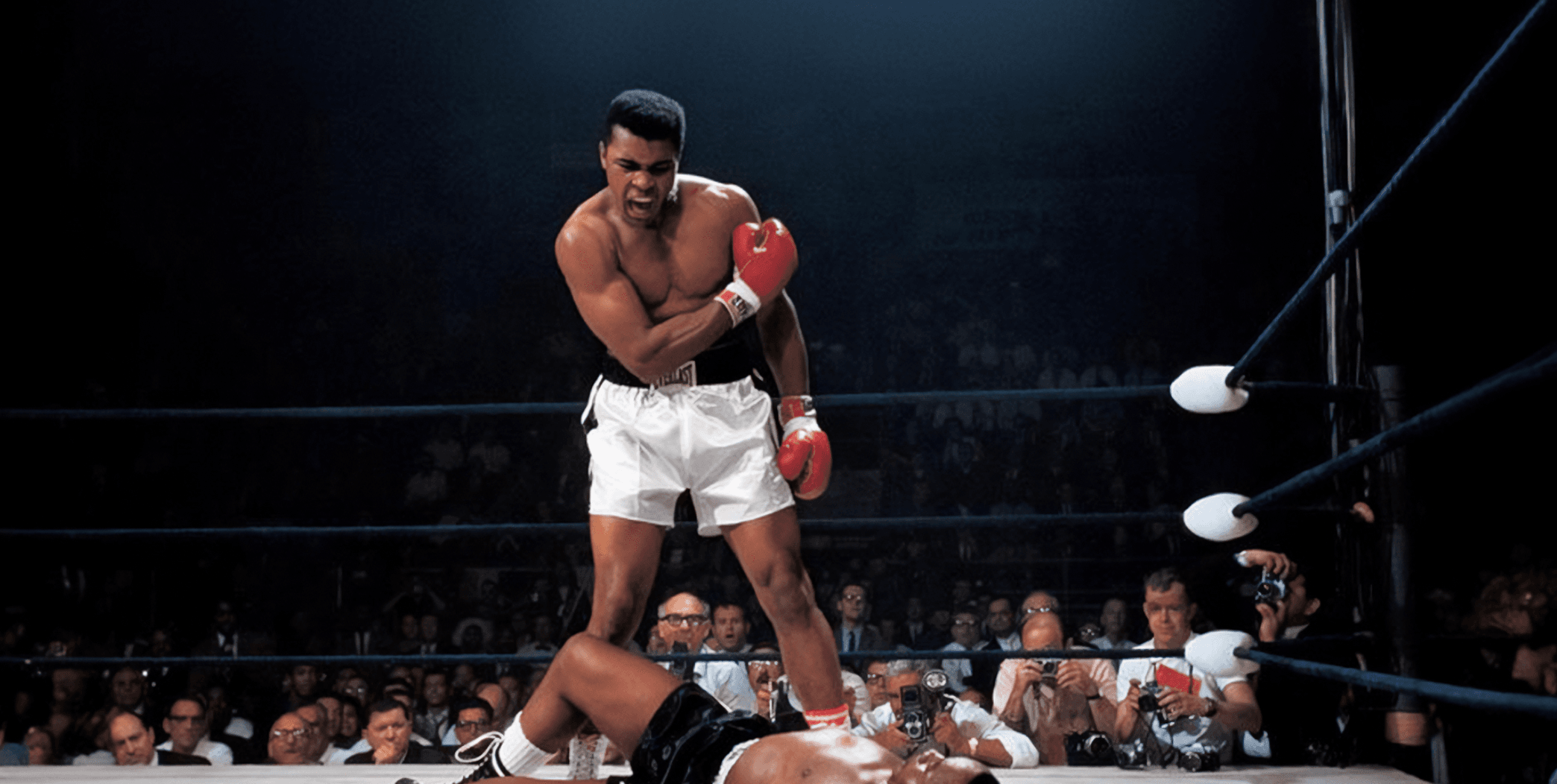Cultural Impact of an Image
* This article is kindly contributed by StudioSpace agency, Hopeful Monsters.
If you work in marketing, you’ve likely heard the following phrase:
“We aren’t saving lives.”
To quote the cultural icon, Peter Griffin, that sentence ‘really grinds my gears’.
In marketing, we aim to influence. We are the OG influencers. Whether we’re pushing products or services, our aim is to nudge people towards a decision.
And when that influence becomes stressful, this prompts the most caring of colleagues to say: ‘Hey, don’t worry, we’re not saving lives here!’ It’s a reminder that while our work can make waves, it’s all in the context of bigger global issues.
But if you think about it, marketing isn’t just influential—it’s monumental. ‘Saving lives’ might seem huge, but marketing has the power to ignite movements, drive real change (for better or worse), inspire, and a whole lot more.
At its core, marketing has the potential to shape and reshape culture.
One of the most influential tools in marketing is imagery. Imagery has been a powerful tool in shaping perceptions and influencing behaviour throughout history.
In fact, last week, we witnessed history unfold. What transpired from those events could be one of the most influential pieces of political imagery in our lifetime. Whatever your political standpoint, there is no denying the power and influence of that image.
Round these parts (Hopeful Monsters HQ) we talk a lot about cultural impact. How brands can influence culture, how they can change it and how they can shape it for the future.
The amplification of imagery is nothing new. And we don’t have to look too far into the history books to see its impact.
With this in mind, let’s take a look at how imagery has been at the forefront of driving cultural shifts over the last century:
THE POWER TO GENERATE CONFIDENCE.
Winston Churchill’s “V for Victory” (1941)

Photographs of Winston Churchill making the “V for Victory” sign became synonymous with Allied resistance during World War II.
Cultural Impact: This gesture became a symbol of defiance and hope against Nazi tyranny. The widespread circulation of these images bolstered morale among the Allies and provided a unifying symbol for the war effort.
THE POWER TO INSPIRE.
Muhammad Ali Standing Over Sonny Liston (1965)

The photograph of Muhammad Ali standing triumphantly over a fallen Sonny Liston is one of the most famous sports images in history. Captured by Neil Leifer, it epitomizes Ali’s dominance and charisma in the boxing world.
Cultural Impact: This image transcended sports, becoming a symbol of confidence, power, and resilience. It cemented Ali’s status as a cultural icon and influenced how athletes are portrayed and perceived. It inspired a new generation of talent, not just in boxing, but in sport as a whole.
THE POWER TO SPARK CHANGE.
Black Power Salute - 1968 Olympics

The image of Tommie Smith and John Carlos raising their fists in a Black Power salute on the medal podium at the 1968 Mexico City Olympics is a powerful symbol of protest against racial injustice.
Cultural Impact: This image brought international attention to the civil rights struggle in the United States. It sparked conversations about racial inequality and social justice, influencing public opinion and inspiring future generations of activists.
THE POWER TO AMPLIFY FAME.
Marilyn Monroe’s White Dress - “The Seven Year Itch” (1955)

The image of Marilyn Monroe standing over a subway grate with her white dress billowing up is one of the most iconic images in pop culture. This scene from “The Seven Year Itch” epitomizes Monroe’s sex appeal and star power.
Cultural Impact: The image became synonymous with Monroe’s persona and has been referenced and parodied countless times in various media. It highlighted the power of visual imagery in creating and sustaining a celebrity’s public image.
THE POWER TO CREATE NATIONAL PRIDE.
The Man on the Moon - Neil Armstrong (1969)

The photograph of Neil Armstrong standing on the moon with the American flag is one of the most famous images in history.
Cultural Impact: This image symbolized human achievement and the possibilities of space exploration. It was marketed globally, inspiring interest in science and technology and fostering national pride in the United States.
THE POWER TO SELL.
Apple’s Silhouette iPod Campaign (2003)

Apple’s silhouette iPod advertisements, featuring black silhouettes dancing with white iPods against vibrant backgrounds, revolutionized product marketing. The campaign highlighted the product’s simplicity and the joy of music.
Cultural Impact: The imagery was instantly recognisable and helped establish the iPod as a cultural phenomenon. It demonstrated how innovative visual marketing could differentiate a product and create a lasting brand identity.
THE POWER TO CREATE SELF-BELIEF.
Dove’s Real Beauty Campaign (2004)

Dove’s Campaign for Real Beauty featured images of women of various shapes, sizes, and ethnicities to challenge traditional beauty standards and promote self-esteem.
Cultural Impact: By addressing issues of self-esteem and body confidence, the campaign not only improved the lives of countless individuals but also set a new standard for marketing in the beauty industry. No doubt its impact on female body confidence contributed to saving at least one life.
SO WHAT NEXT?
Powerful imagery goes beyond its surface impact to make a lasting mark on society.
Whether in politics, sports, social movements, pop culture, or brand marketing, images have the power to mold perceptions, spark action, and etch moments into history.
At the start of this article, I mentioned recent events.
Last week, we witnessed history unfold.
And during the fallout, one of the most influential, powerful and prolific pieces of imagery of our generation revealed itself.
At the end of the day, we are not journalists.
We are marketers.
And more often than not, we are NOT saving lives.
But let’s not underestimate the profound impact of an image on culture. As marketers, we’re broadcasting imagery to the masses, and that carries significant weight.
I want to finish with a quote that has always stuck with me.
Football legend, Bill Shankley, once said:
"Some people believe football is a matter of life and death, I am very disappointed with that attitude. I can assure you it is much, much more important than that."
I’d argue that the same could be said for our industry. Especially when it comes to the amplification of iconic imagery to the masses.
So next time someone says to you: “We aren’t saving lives”.
Assure them that marketing is much, much, more important than that.
Then send them this article.
Words by Garry Dawson.